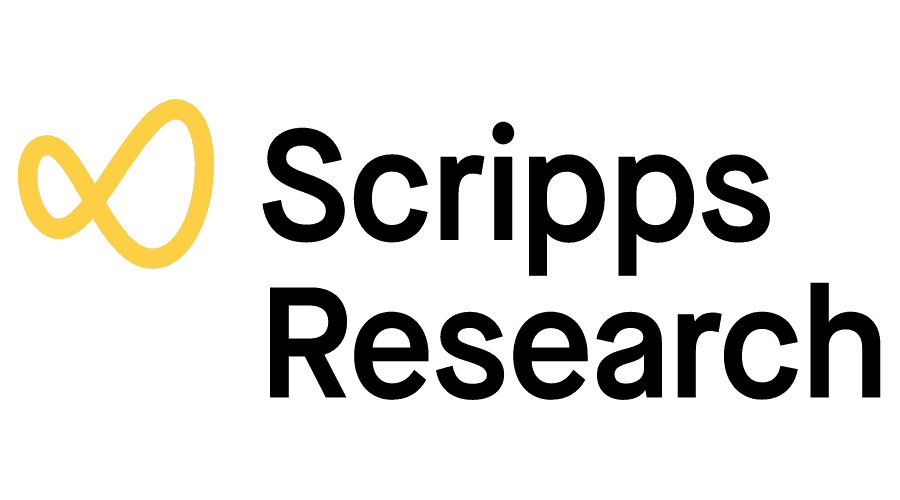
Scripps Research
Mic A.
Res Adm 3 "Fund Manager"
Became an RA: The 1980'sI started in 1985 as a grant accountant akin to what UCSD now classifies as fund managers. Everything was done by hand on 11×17 paper, journal entries, commitment adjustments, accruals and reversals, payroll transfers, grant submissions, you name it. In 1986 the Grants and Contracts dept. got one computer shared by the entire office, you had to reserve time slots to use it. The operating system was Microsoft 1.3 and the only software was Lotus 1,2,3. it had a amber monitor, 5 1/2″ floppy disk drive, and 2K internal memory. You had to type all your commands. I took a Microsoft and Lotus 1,2,.3 programming course from UCSD extension at the time so I could be functional.
In 1989 I was promoted to Assistant Director of Academic Affairs for Scripps Clinic in charge of industry clinical trial research, foundation grant funded research, the IRB, graduate medical education and continuing medical education. During this watch, Scripps Academic Affairs grew from roughly 20 clinical trials and 4 employees at any one time point to 150 actively enrolling trials with 90 dedicated employees by 2005 staffed by the 135 member Scripps Clinical Medical Group. With this growth, in 1991 the department got its 1st fax machine, in 1998 its 1st IRB management software, in 2000 its 1st networked printer/copier. The department had hired 1 FTE just to handle the document coping demands by the professional staff. Lotus 1,2, 3 and Word Perfect had sun set and Microsoft Excel, Access, and Word were the ubiquitous softwares everyone used (now each on their own computers!!). I recall a PI or a lab member would would sometimes fly red-eye to Wash DC to hand delivery a grant submission due the next day because US Mail or FedEx wouldn’t deliver in time.
in 2005 I was promoted to Senior Administrative Director of the Scripps Translational Medicine Institute with the arrival of Eric Topol, MD as the Chief Academic Officer. Within 12 months under Dr. Topol’s leadership Scripps was awarded the regions 1st Clinical Translational Science Award (CTSA) and the precursor grants to the All-in-One national program. Both were huge applications (10 inches high all on paper, 3 sets).
A few years before I took an early retirement from Scripps Health, NIH was shifting to electronic submissions and I was assigned as the NIH institutional official for Scripps Heath. The electronic submission was a god-send for the submission process but had its proclivities and learning curve as well. All the while, federal regulations got more complex and strict with IRB and grant spending. HIPAA, Start and Sunshine laws, etc. were instituted that have made managing an organization’s research programs, on a order of magnitude, many times more complex than in 1985.
3 years after taking the early retirement in 2018, I realized I missed the interactions and relationships of supporting researchers (but not the executive level management). I applied and was hired by UCSD as a fund manager. I’ve had to grow with learning UCSD’s “way of doing things” and engaging the learning curve with the operational changes as everyone has, but I’m enjoying, again, being a resource and advisor to researchers at a level that truly adds value to the research enterprise.

